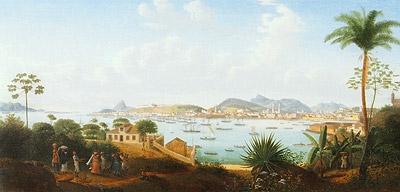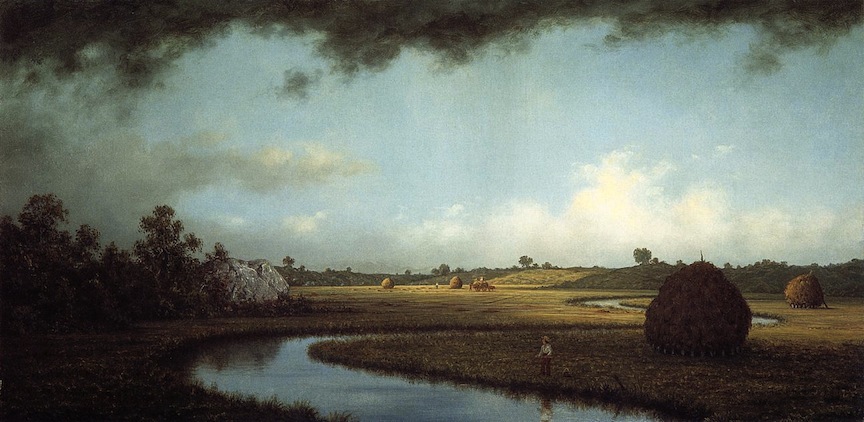Crystal Bridges Museum of American Art is hosting a new exhibition, Picturing the Americas: Landscape Painting from Tierra del Fuego to the Arctic, on
view November 7, 2015 – January 18, 2016.
Crystal Bridges is the only U.S. venue to host Picturing the Americas,
the first exhibition to explore the evolution of landscape painting
from the early nineteenth century to the early twentieth century in an
inclusive, hemispheric context. Picturing the Americas was
organized by the Art Gallery of Ontario, Pinacoteca do Estado de São
Paulo, and the Terra Foundation for American Art. The exhibition arrives
at Crystal Bridges from the Art Gallery of Ontario and will then travel
to the Pinacoteca do Estado de São Paulo.
The exhibition was co-curated by Peter
John Brownlee, Curator of the Terra Foundation for American Art; Valéria
Piccoli, Chief Curator of the Pinacoteca do Estado de São Paulo; and
Georgiana Uhlyarik, the Art Gallery of Ontario’s Associate Curator of
Canadian Art.
Picturing the Americas invites
viewers to traverse a vast and magnificent land mass that extends from
Canada’s Arctic to the icy tip of Argentina and Chile to see the
landscape anew through more than 100 oil paintings, watercolors, and
prints. The exhibition includes works by well-known American landscape
painters, Frederic E. Church, Martin Johnson Heade, and Georgia
O’Keeffe, as well as masters from both North and South America, such as
Jose Maria Velasco (Mexico), Juan Manuel Blanes (Uruguay), Lawren Harris
(Canada), and Tarsila do Amaral (Brazil). Landscape imagery from the
early nineteenth century to the early twentieth century shows
connections and continuities through shared history and land, while also
celebrating distinctions.
“This exhibition brings together iconic
works from different parts of the hemisphere, causing us to pause and
consider what it means to be “American” in the most-expansive sense of
the word,” says Crystal Bridges Curator, Mindy Besaw.
Highlights of the exhibition include, from South America, a depiction of Rio de Janiero,
Félix-Émile Taunay’s Baia de Guanabara Vista da Ilha das Cobras, c. 1830;
from the U.S., Albert Bierstadt’s Yosemite Valley, 1868;
and Emily Carr’s Inside a Forest II, 1929-1930, from Canada.
“Throughout the journey, visitors will
see how landscape painting across the Americas corresponds with emerging
settler nations asserting their independence. As the colonies matured
into nations, artists moved toward painting more personal
representations of the landscape. The exhibition also helps us reflect
on ways nature has shaped our identities and confronts a history of
contentious colonization,” says Besaw.
More image from the exhibition:
- Alfred Thompson Bricher, The Sidewheeler “The City of St. Paul” on the Mississippi River, Dubuque, Iowa, 1872;
- Thomas Cole, Landscape with Figures: A Scene from “The Last of the Mohicans”, 1826;
- Sanford Robinson Gifford, Hunter Mountain, Twilight, 1866;
- Martin Johnson Heade, Newburyport Marshes: Approaching Storm, c. 1871;
- George Josimovich, Illinois Central, 1927 (São Paulo, Brazil, only);
- Worthington Whittredge, Indian Encampment, between 1870 and 1876.
Two Hummingbirds with an Orchid, 1875, by Martin Johnson Heade. Oil on canvas.
Cartão Postal (Postcard), 1929, by Tarsila do Amaral (Brazil). Oil on canvas.
280 p., 9 x 11
260 color illus.
ISBN: 9780300211504
260 color illus.
ISBN: 9780300211504










